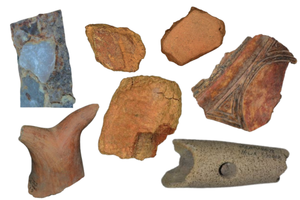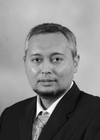THE LONG HISTORY and practice of archaeology in Malaysia—spanning over 180 years—began from the colonial era in the mid-19th century. This period of antiquarian interest (1840– 1900) saw British amateurs undertaking random explorations and reconnaissance in search of history and antiquities. In Peninsular Malaysia, the first-known archaeological dig was undertaken by G.W. Earl in 1860 at Guar Kepah in Seberang Prai (formerly Province Wellesley), where he discovered a shell mound containing many human burials. In Sarawak, between 1873 and 1878, an expedition in search of early human fossils and the “missing link” in human evolution was conducted in the Niah and Bau caves by naturalist Alfred Hart Everett, and organised by Charles Darwin, Alfred R. Wallace and Thomas H. Huxley.
Archaeological interest increased during this period with the establishment of museums in the Malay Peninsula (1900- 1940), beginning with the Perak Museum, founded by Hugh Low (1883-1903), and the Raffles Museum in Singapore in 1887. These museums carried out ethnographical and archaeological explorations to collect artefacts and objects for exhibition and reference. The British officers who undertook the work, however, were not trained archaeologists, but mostly ethnographers such as Leonard Wray and I.H.N. Evans. Consequently, the archaeological work done in this period was primarily reconnaissance or laymen diggings. Nevertheless, their pioneering works provided useful information on the location of archaeological sites and findings.




